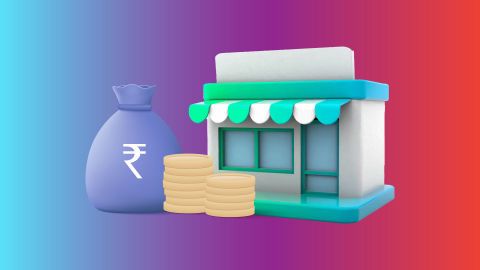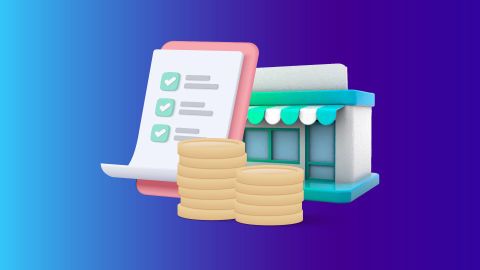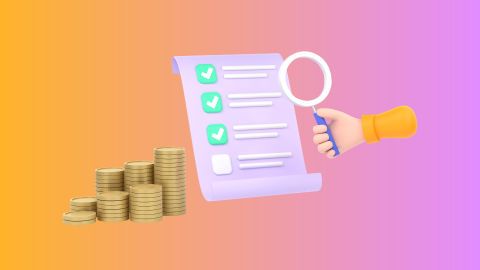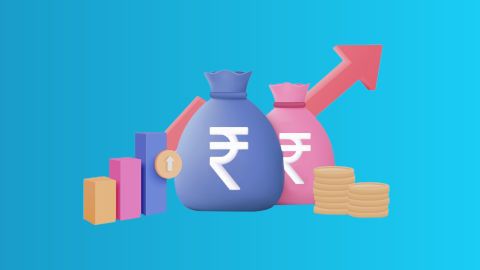What are cash credit and overdraft?
Cash credit and overdraft are two types of short-term financing options provided by banks to help businesses and individuals manage their finances more flexibly. Cash credit is a specific loan limit granted to companies to finance their working capital requirements. It allows businesses to withdraw funds from a dedicated borrowing account up to a certain limit, which is often secured against company assets like inventory or receivables. Interest is charged only on the amount utilised, not the entire credit limit.
An overdraft, conversely, is a facility that allows individuals or businesses to continue withdrawing money from their bank account even when the balance reaches zero, up to a pre-approved limit. This facility is often linked to the account holder’s credit history with the bank, and like cash credit, interest is charged only on the amount overdrawn. Both facilities provide crucial liquidity for covering short-term financial gaps. Depending on the financial structure of the business, a corporation may use these tools to manage cash flow effectively.
Overdraft vs cash credit: What is the difference?
| Aspect | Cash credit | Overdraft |
| Definition | A type of short-term loan facility for maintaining working capital in businesses. | A loan facility allowing withdrawal beyond the available balance, based on the bank-client relationship. |
| Purpose | Primarily used for maintaining the working capital of a business. | Used for meeting short-term financial obligations of individuals or businesses. |
| Rate of interest | Generally lower than overdraft. | Higher than cash credit. |
| Need of account | Requires opening a new account specifically for the facility. | Can be availed from an existing bank account. |
| Calculation of interest | Interest is calculated on the total amount withdrawn. | Interest is charged only on the overdrawn amount. |
| Duration of loan | Usually extended for up to 1 year. | Duration can vary; often flexible. |
Similarities between cash credit and overdraft
Cash credit and overdraft are two financial tools that, despite their differences, share several important similarities. Both are flexible financing options that provide immediate liquidity to businesses and individuals, allowing them to manage cash flow more effectively during periods of financial shortfall. Each facility permits the user to borrow up to a predetermined limit and charges interest only on the amount used, not on the total credit available. Understanding how these tools affect your asset management can be crucial in managing your finances well.
These credit facilities are commonly used to cover operational expenses, such as payroll, suppliers, and other short-term needs, ensuring that businesses can continue to operate smoothly without cash flow interruptions. Both cash credit and overdraft are integral parts of the broader spectrum of types of business loans available to companies, providing essential financial support that can be tailored to specific business dynamics and requirements. For example, a limited liability partnership structure may influence the terms and conditions under which these financial tools are accessed. This flexibility makes them valuable tools for financial management in both planned and unforeseen circumstances.
Conclusion
Cash credit and overdraft facilities play a pivotal role in financial management for both businesses and individuals. These tools are designed to enhance liquidity and ensure that operations can continue without interruption, even during periods of reduced cash flow. By providing access to funds up to a pre-approved limit and charging interest only on the utilised amount, both options offer flexibility and cost-efficiency that are essential for managing day-to-day financial operations effectively.
For businesses looking to stabilise or expand their operations further, understanding and utilising these facilities can be crucial. Additionally, exploring acquisition opportunities or other business loans can provide more structured financial support tailored to specific growth projects or long-term investments. Ultimately, the right use of financial tools like cash credit, overdraft, and various business loans could significantly contribute to the stability and growth of a business. Thus, helping the business navigate through the complexities of financial management in a dynamic economic environment.




